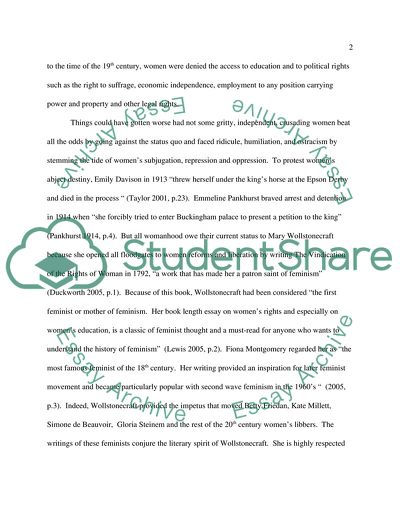Cite this document
(The Contribution of Mary Wollstonecraft to Understanding the Social Term Paper, n.d.)
The Contribution of Mary Wollstonecraft to Understanding the Social Term Paper. Retrieved from https://studentshare.org/social-science/1545366-what-was-the-contribution-of-mary-wollstonecraft-to-understanding-the-social-and-political-situation-of-women
The Contribution of Mary Wollstonecraft to Understanding the Social Term Paper. Retrieved from https://studentshare.org/social-science/1545366-what-was-the-contribution-of-mary-wollstonecraft-to-understanding-the-social-and-political-situation-of-women
(The Contribution of Mary Wollstonecraft to Understanding the Social Term Paper)
The Contribution of Mary Wollstonecraft to Understanding the Social Term Paper. https://studentshare.org/social-science/1545366-what-was-the-contribution-of-mary-wollstonecraft-to-understanding-the-social-and-political-situation-of-women.
The Contribution of Mary Wollstonecraft to Understanding the Social Term Paper. https://studentshare.org/social-science/1545366-what-was-the-contribution-of-mary-wollstonecraft-to-understanding-the-social-and-political-situation-of-women.
“The Contribution of Mary Wollstonecraft to Understanding the Social Term Paper”. https://studentshare.org/social-science/1545366-what-was-the-contribution-of-mary-wollstonecraft-to-understanding-the-social-and-political-situation-of-women.


